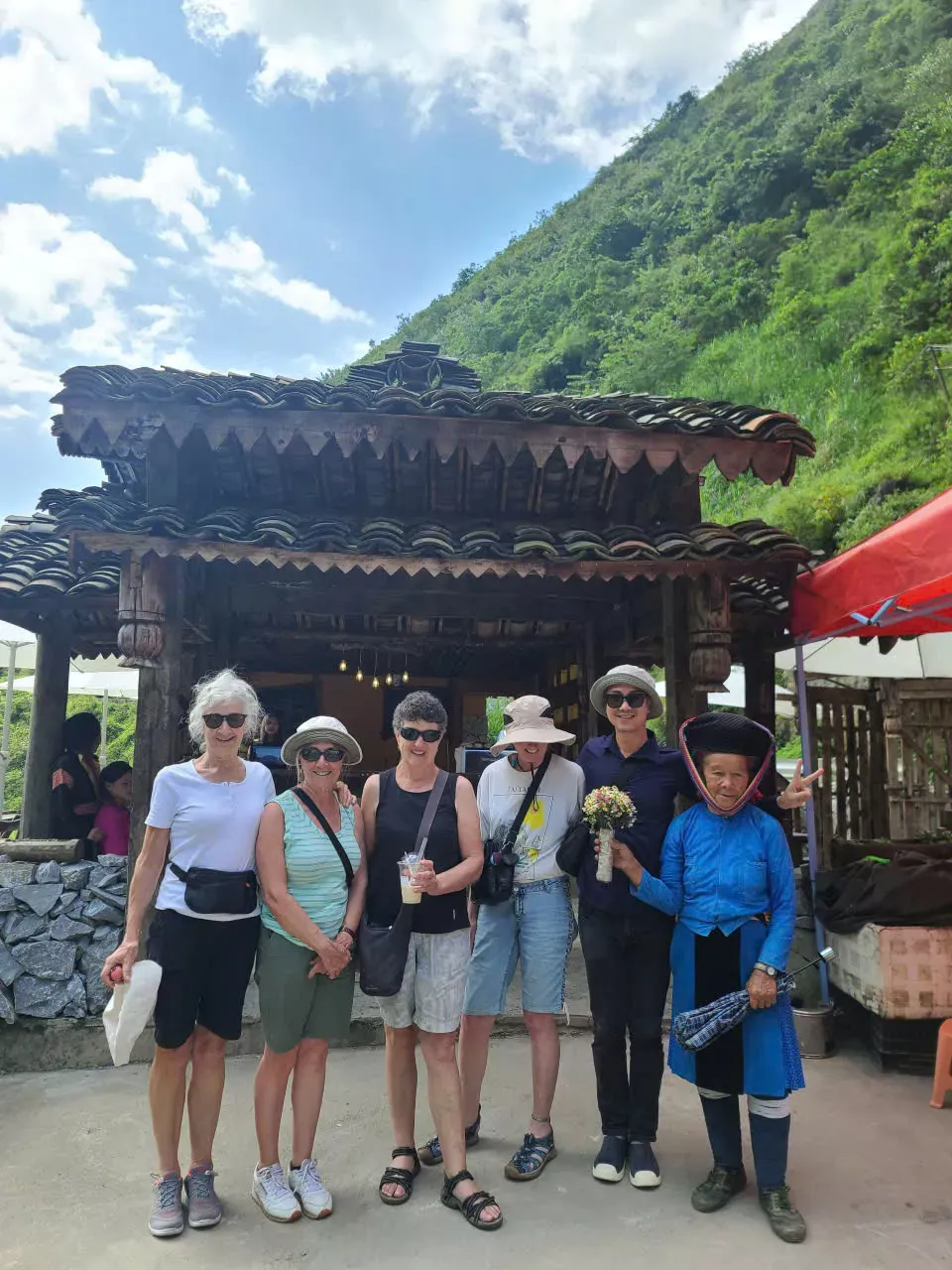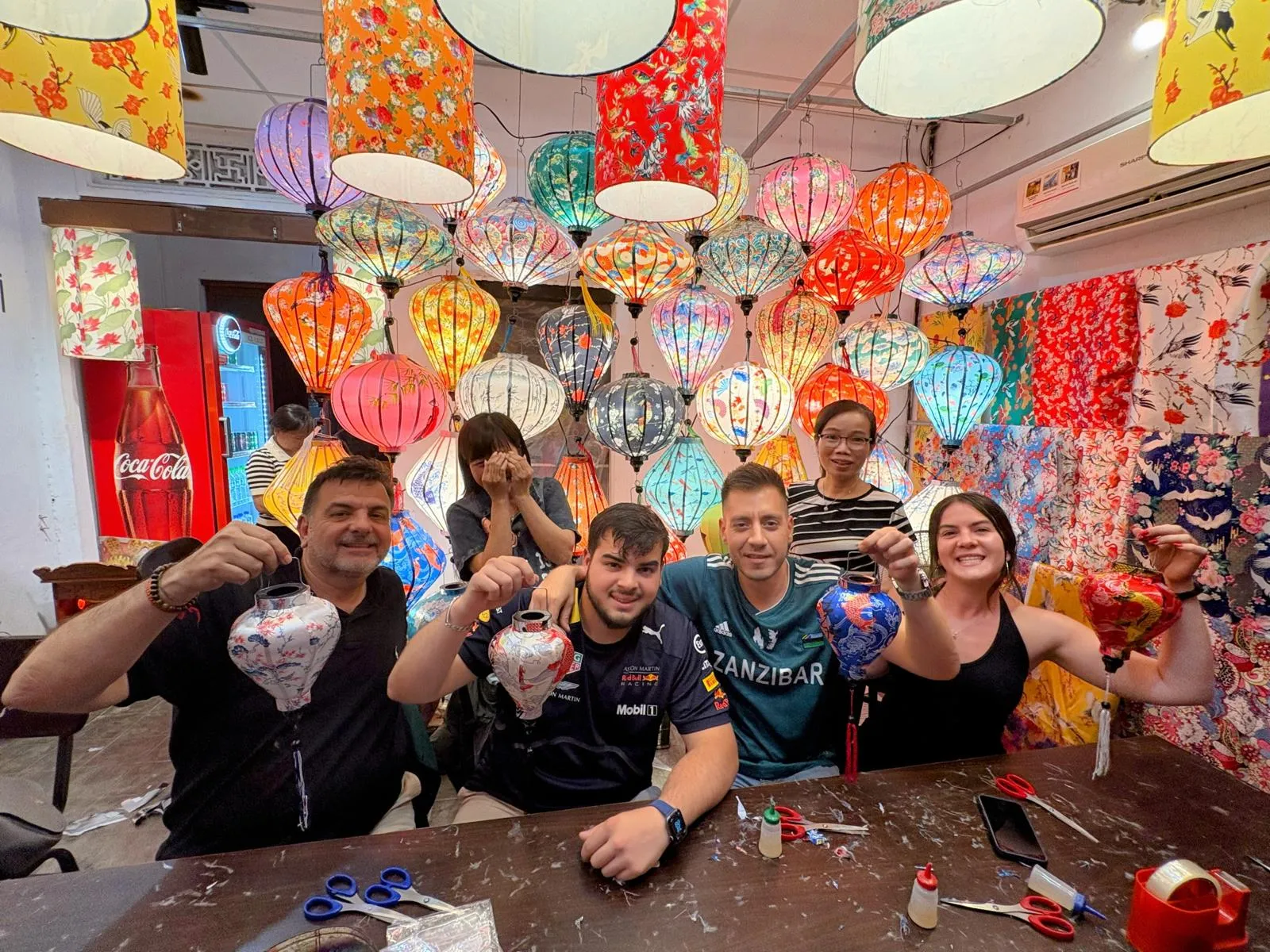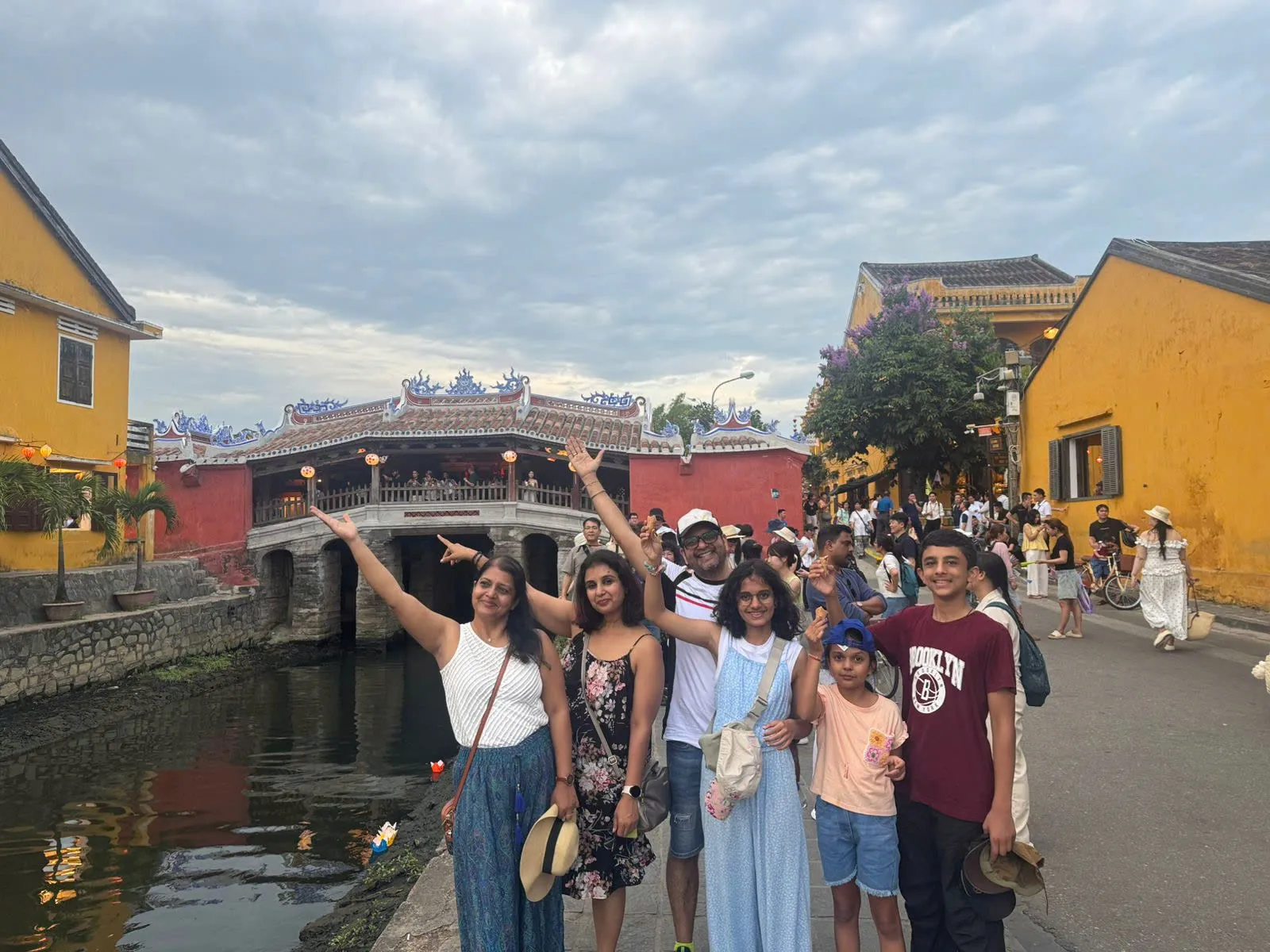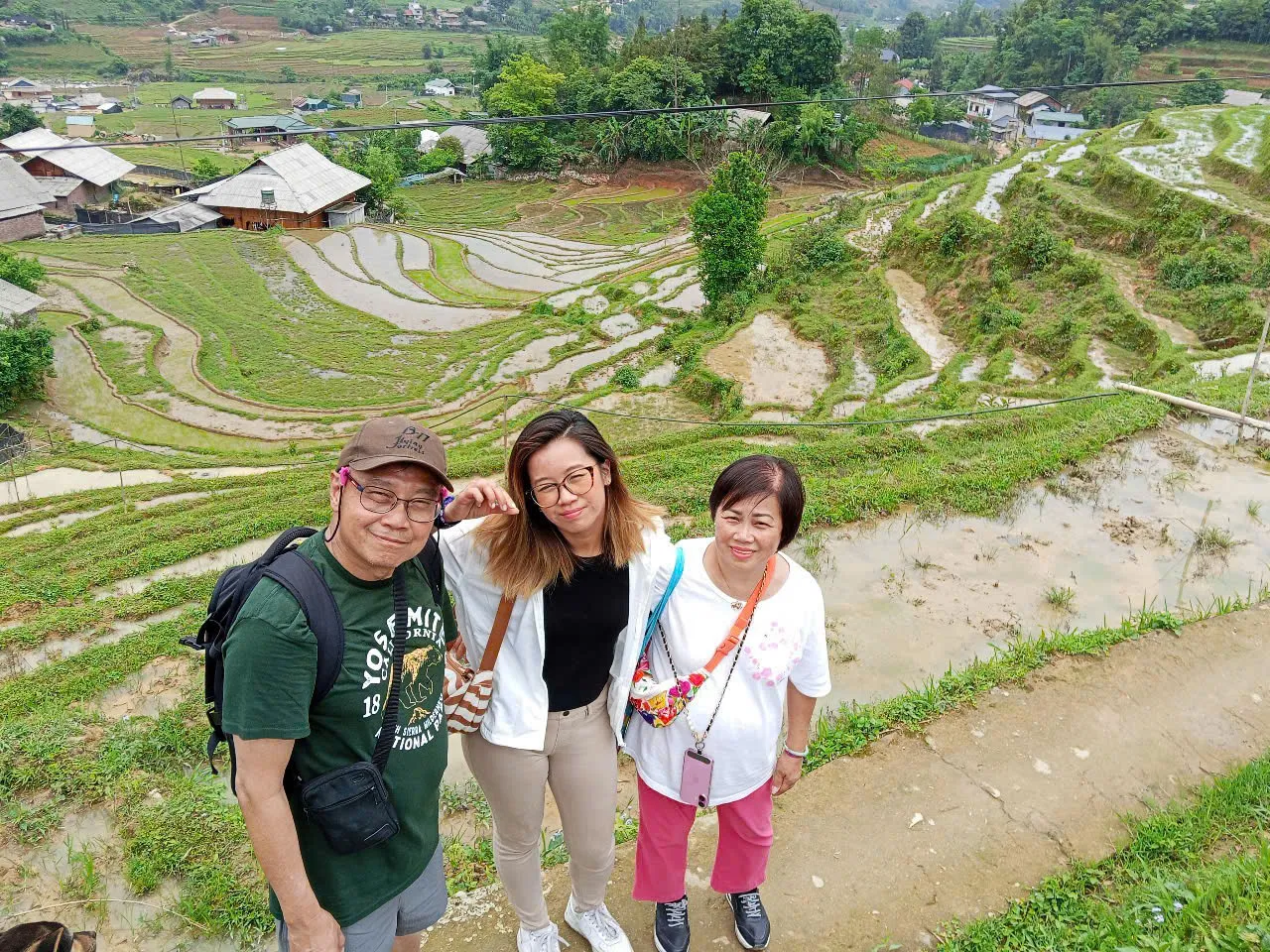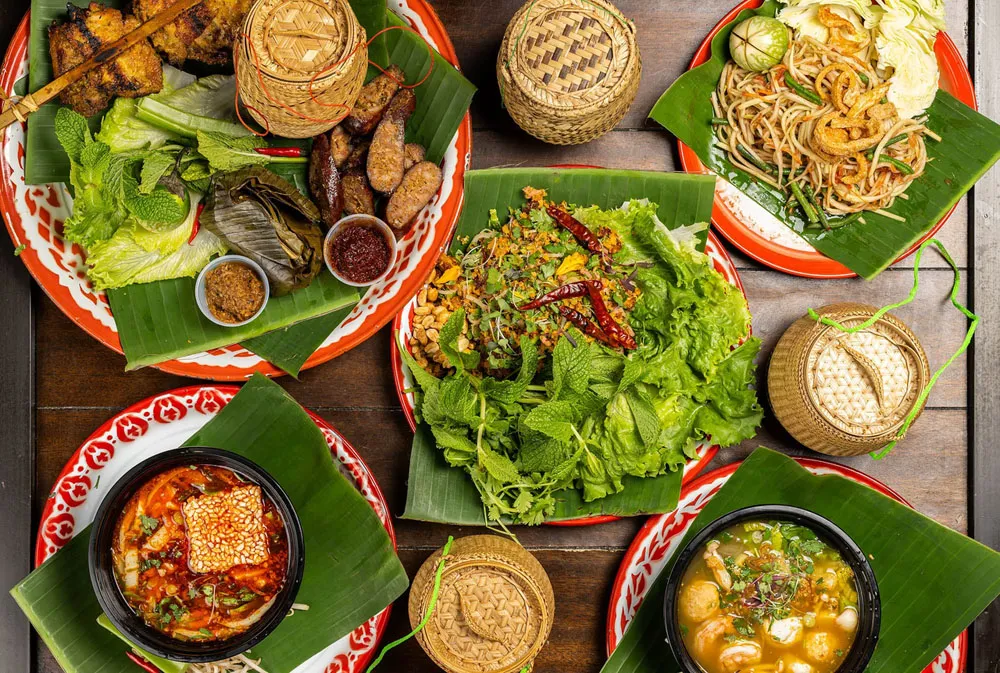
1. A taste of Laos: what makes Laotian cuisine special
Bold flavors with humble roots
Laotian food is known for its bold herbal notes, fermented accents, and balance of textures. The cuisine shares similarities with Thai and Vietnamese food but is generally less sweet, spicier, and more deeply rooted in traditional preservation methods. At the heart of every Lao meal is khao niaw, or sticky rice—considered more than just a side, it’s a cultural symbol of unity and simplicity.
Eating culture and traditions
In Laos, food is meant to be shared. Dishes are served family-style, with diners gathering around baskets of sticky rice and small plates of grilled meats, fresh vegetables, and chili pastes. Eating with the hands is customary—particularly when sticky rice is involved—and meals are as much about connection as they are about nourishment. Religious festivals, daily rituals, and hospitality all revolve around food.
2. Must-try dishes in Laos: from street snacks to national treasures
Classic Lao dishes every traveler should try
-
Laap (larb) – Often considered the national dish, laap is a spicy minced meat salad (commonly made with pork or chicken), tossed with fresh herbs, lime juice, fish sauce, and toasted rice powder. It’s often served raw or lightly cooked and paired with sticky rice.
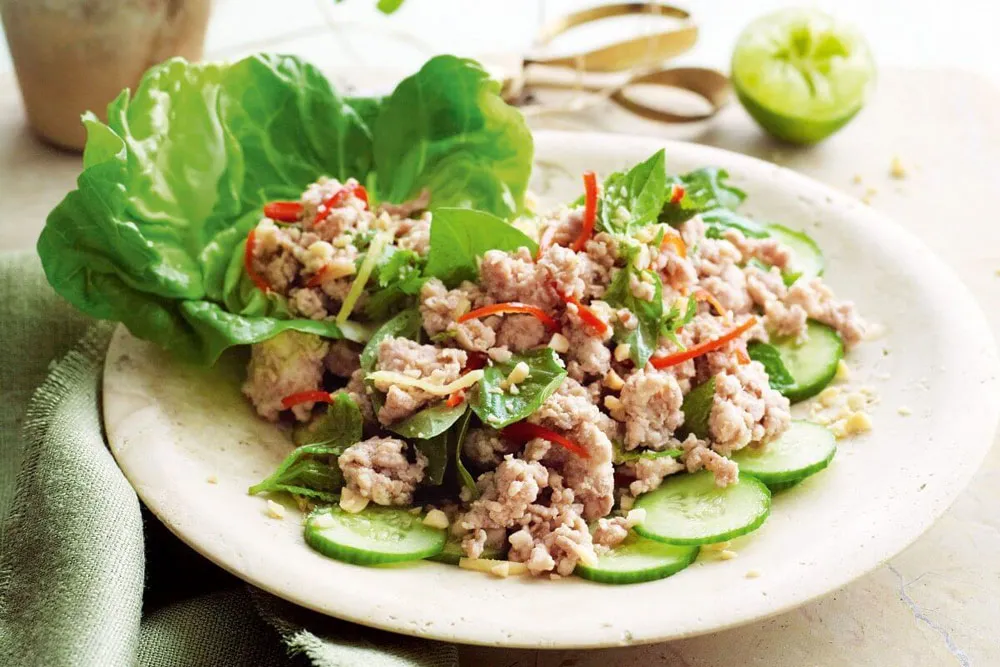
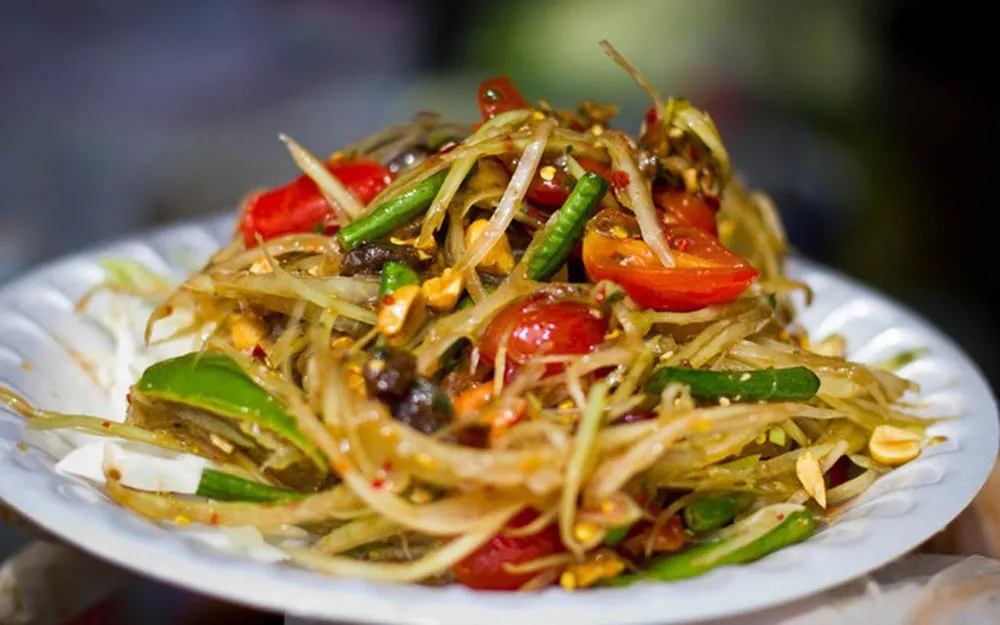
-
Or lam – A hearty herbal stew from Luang Prabang made with meat (often buffalo or chicken), wood ear mushrooms, eggplant, and the unique sakhaan vine, which adds a numbing spice.
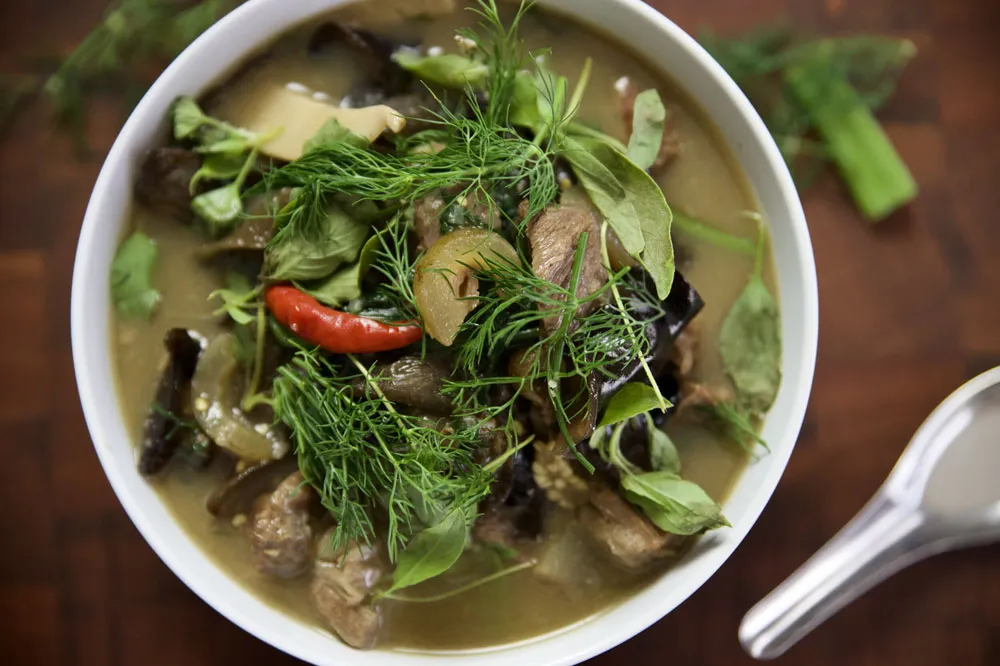
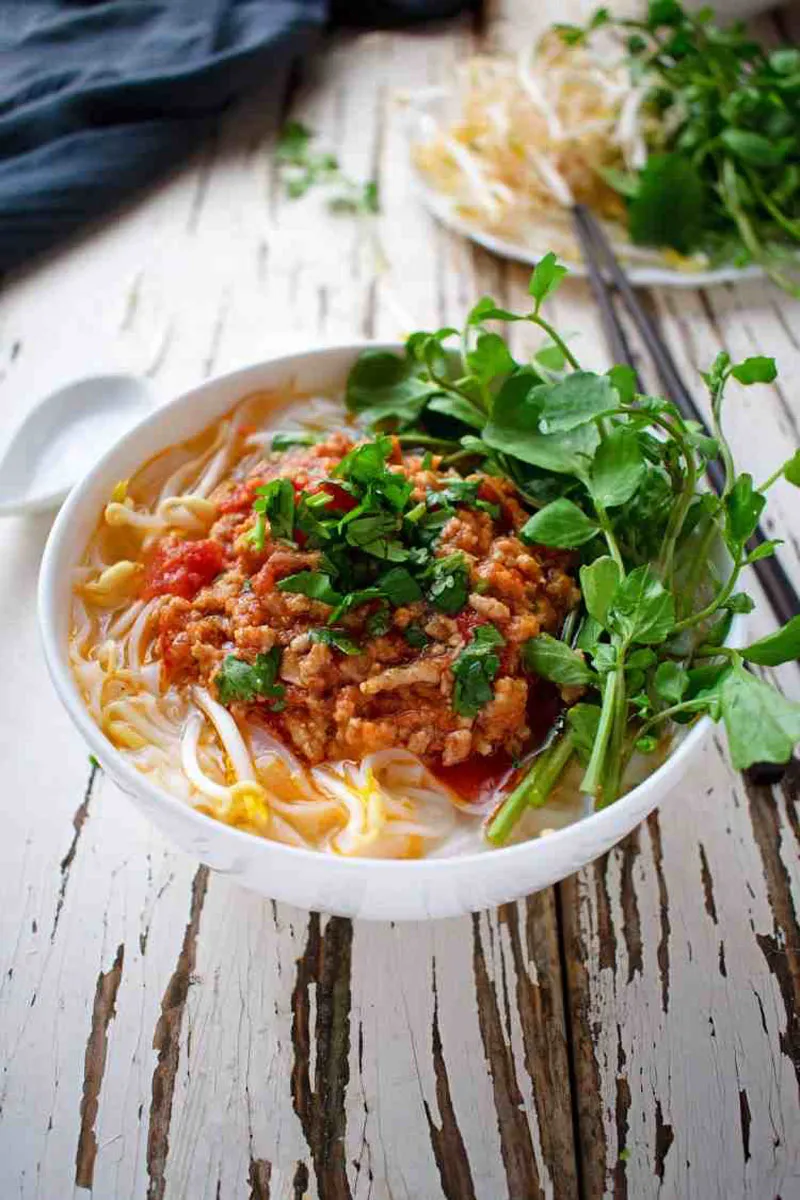
Delicious street food and local bites
-
Khao jee – A French-style baguette sandwich stuffed with pork pâté, grilled meat, pickled vegetables, and herbs. Popular across Vientiane and Luang Prabang.
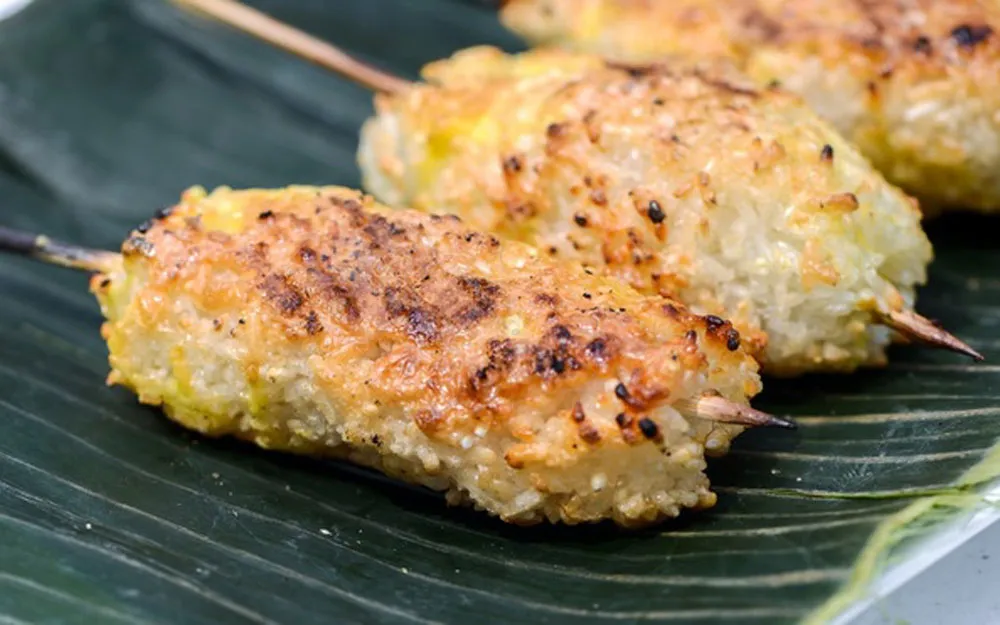
-
Sai oua – Lao-style pork sausage packed with lemongrass, galangal, kaffir lime leaves, and sticky rice. Grilled and eaten with fresh greens and chili dip.
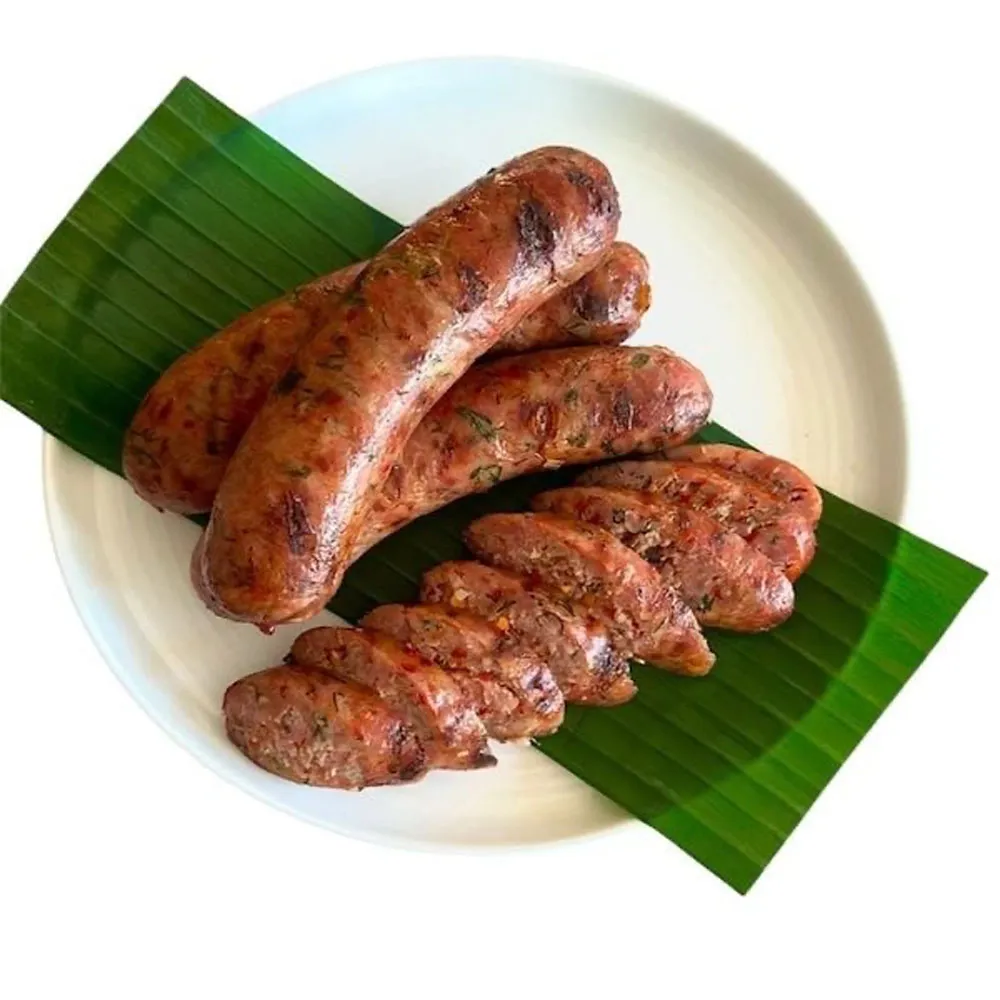
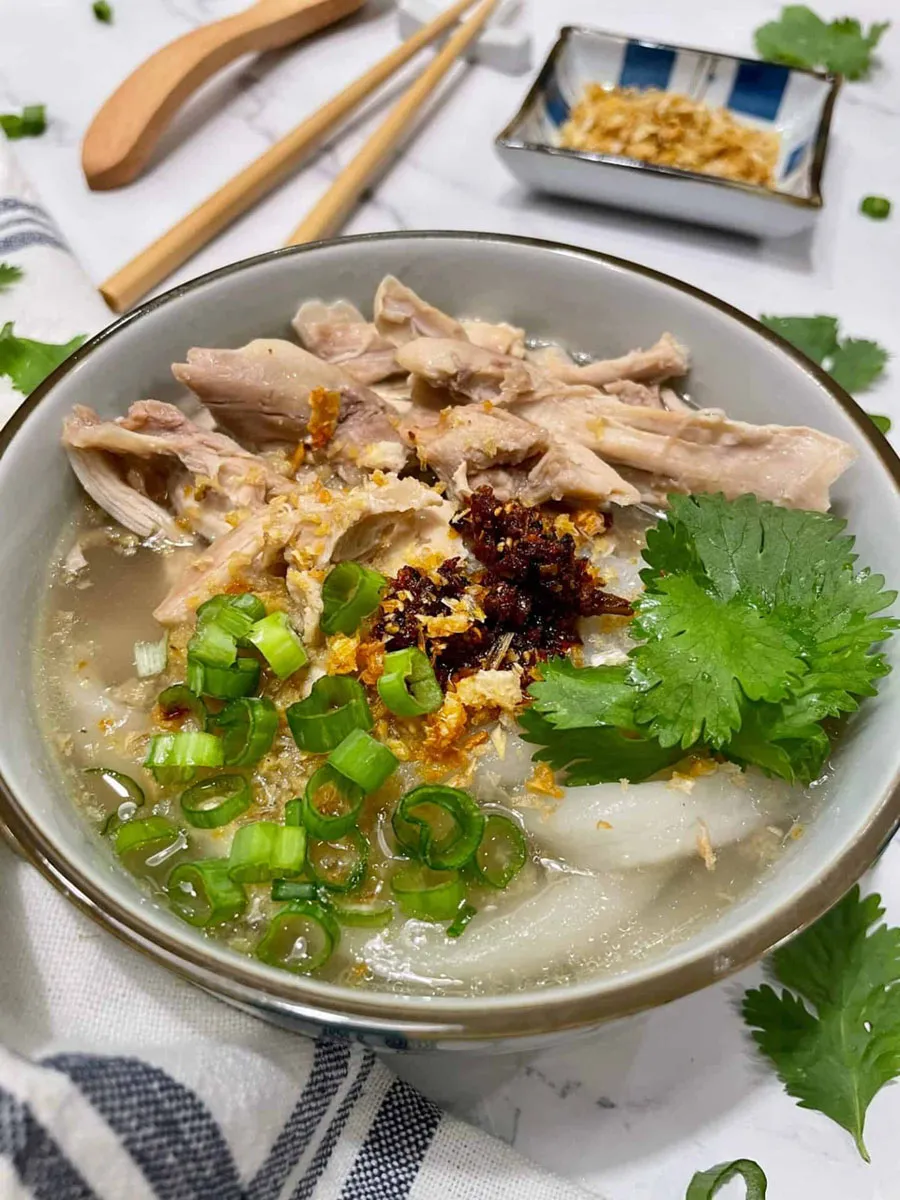
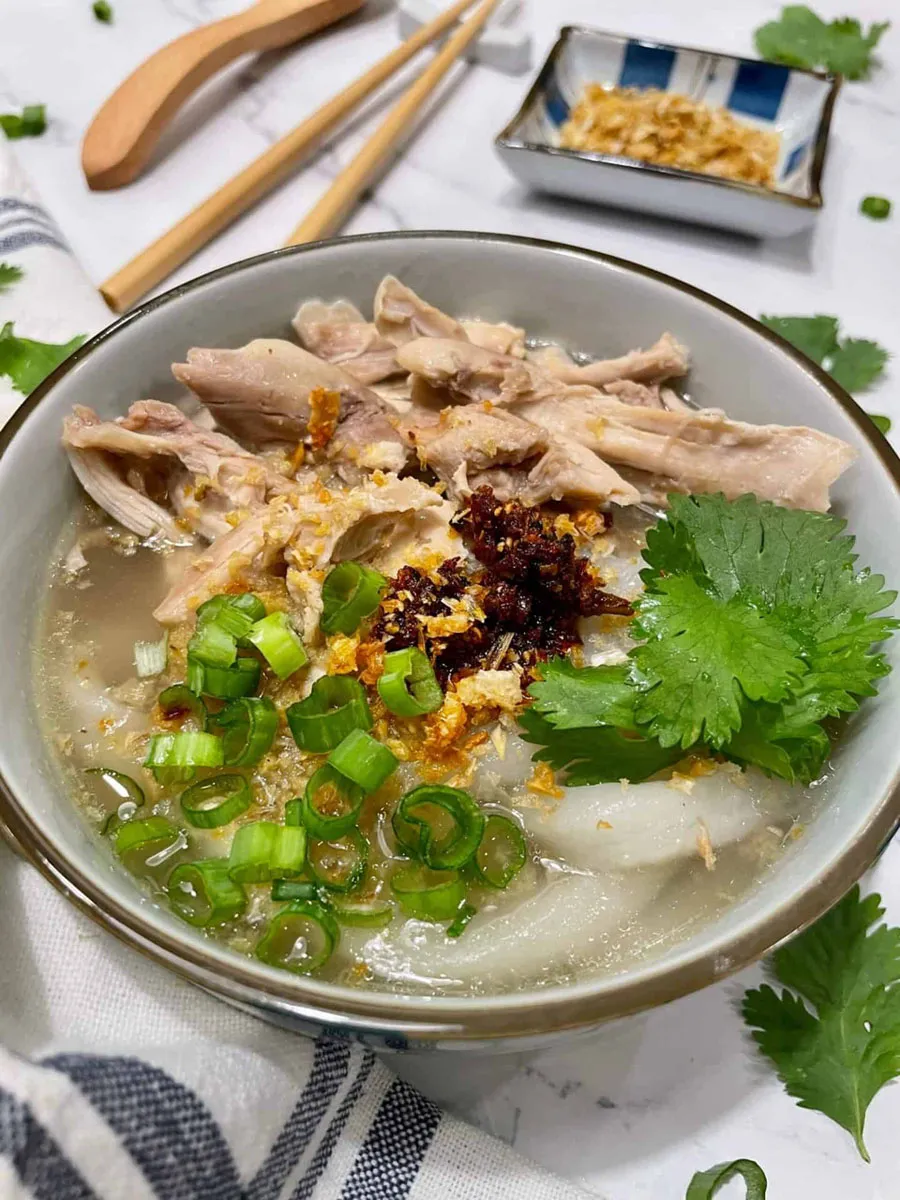
Sweet endings and refreshing snacks
-
Nam van – A refreshing dessert made with coconut milk, colorful jellies, fruit, and crushed ice. Often served in plastic cups at roadside stalls.
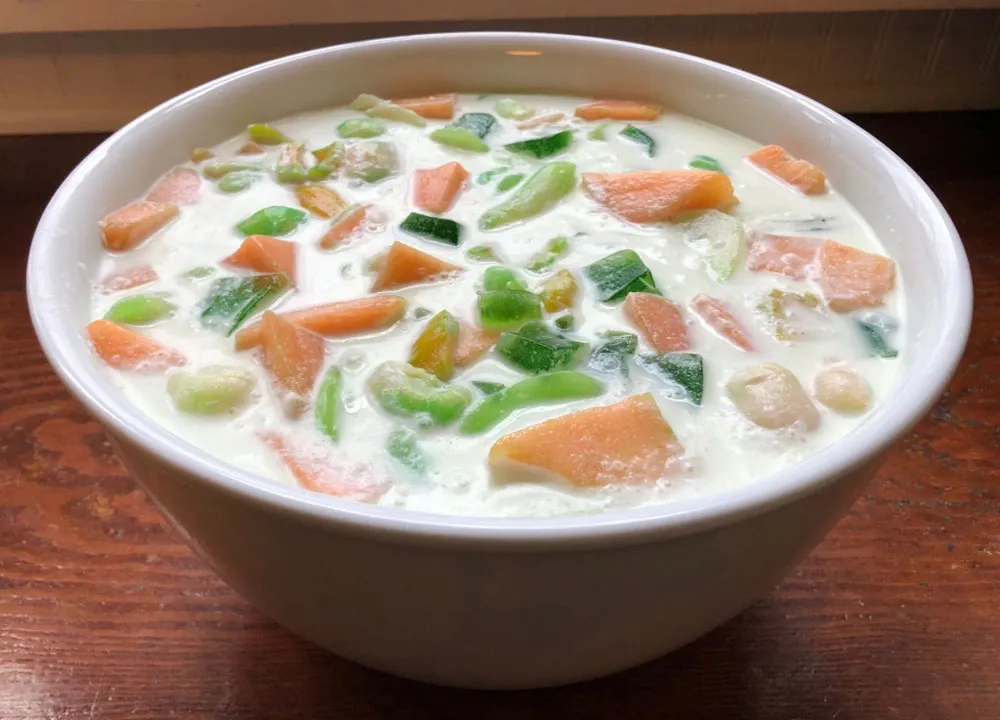
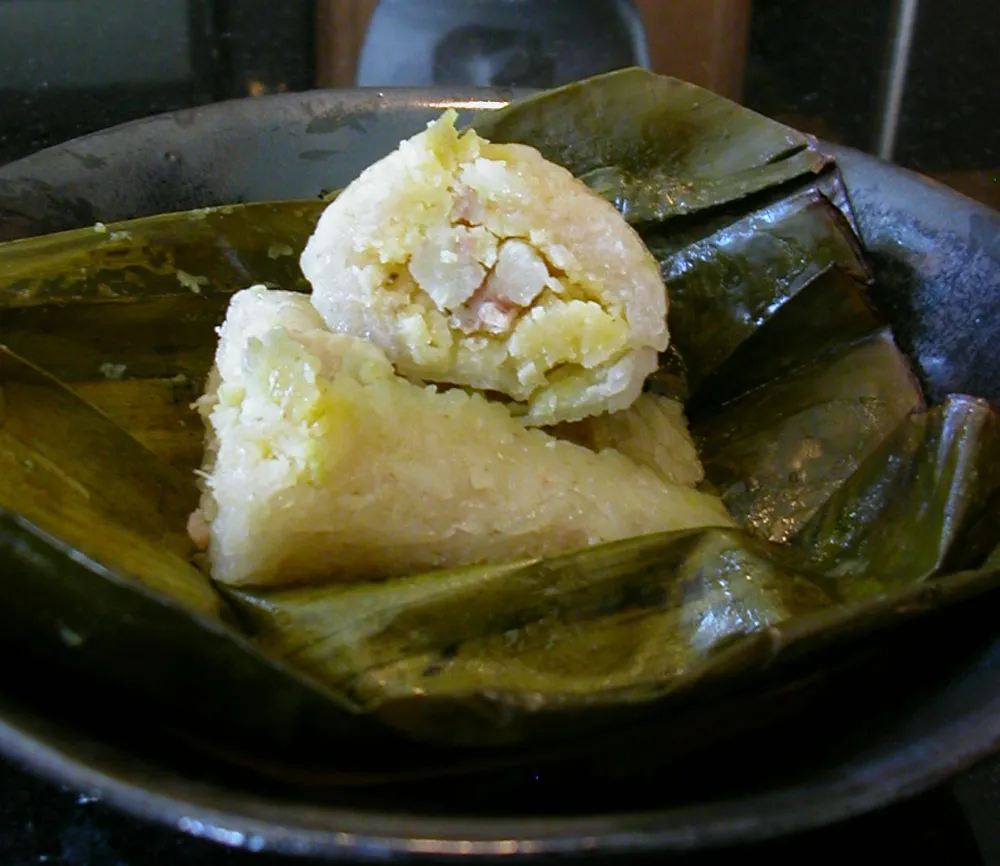
3. Where to eat in Laos: top cities for authentic food
Vientiane: laid-back bites in the capital
The capital city offers a relaxed mix of street food, French cafés, and riverside dining. Head to the Night Market along the Mekong for a lively selection of grilled skewers, noodle soups, and fresh tropical fruit. For traditional fare in a calm setting, try Kualao Restaurant for laap and or lam, or Nok Noy for home-style Lao meals.

Luang Prabang: heritage cuisine in a spiritual city
A UNESCO World Heritage site, Luang Prabang is not only beautiful but a top spot for authentic Lao food. Visit the Morning Market for sticky rice cakes, herbal sausages, and exotic fruits. Enjoy a cooking class at Tamarind Cooking School, or dine on or lam and buffalo sausage at Dyen Sabai. For a light breakfast, don’t miss freshly baked French baguettes and Lao coffee at a riverside café.
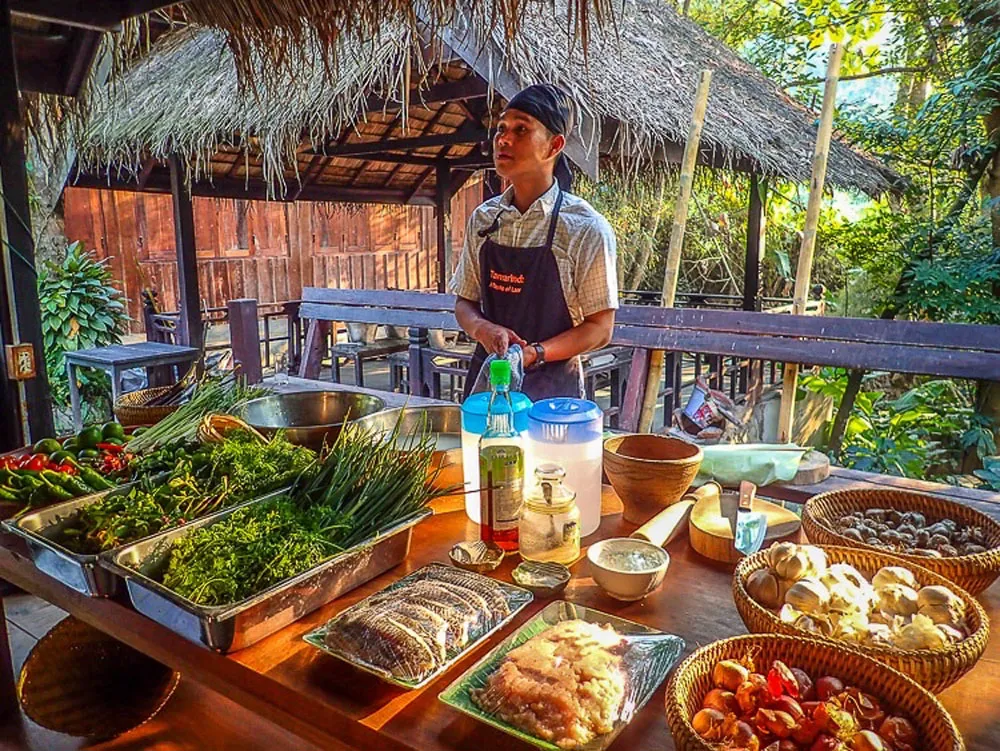
Pakse and the south: flavors from the Mekong
In southern Laos, local food features more freshwater fish and ingredients from the Mekong region. Dao Heuang Market in Pakse offers a dazzling range of grilled meats, vegetables, fermented sauces, and dried fish. Head to Champasak for riverside dining with dishes like grilled catfish in banana leaf or spicy jeow made with wild herbs.
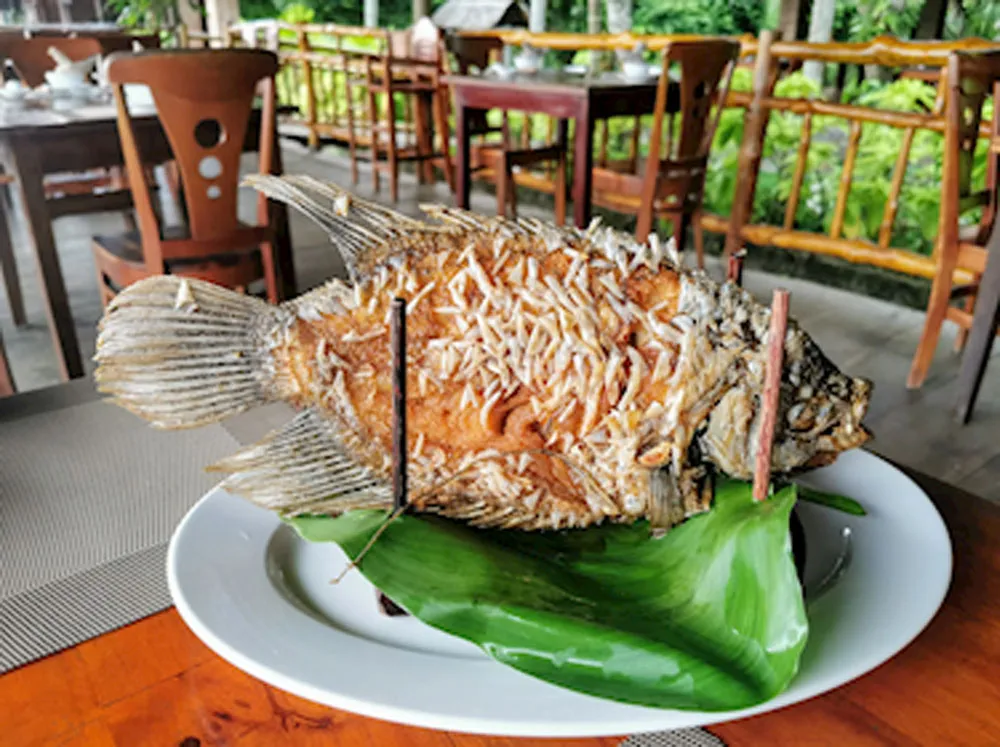
4. Regional specialties and dishes worth traveling for
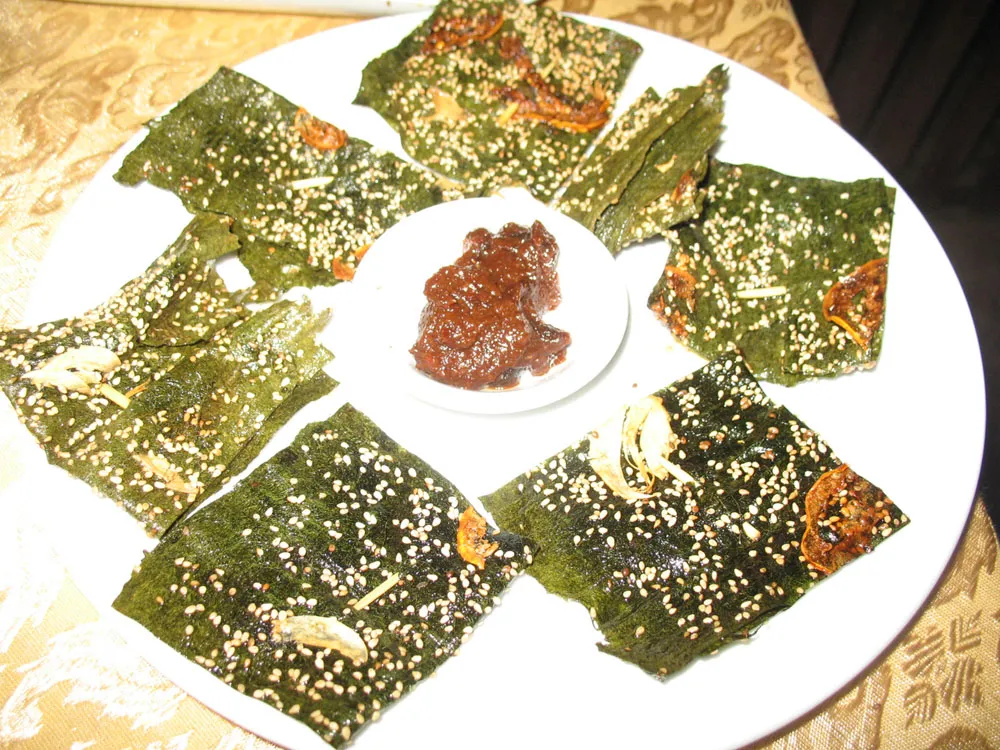
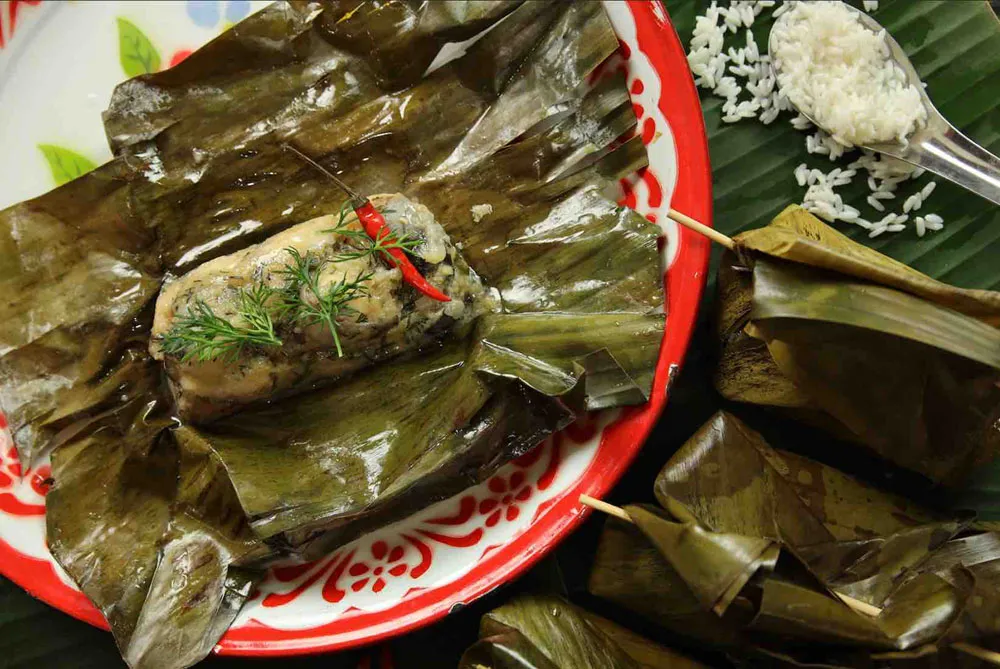
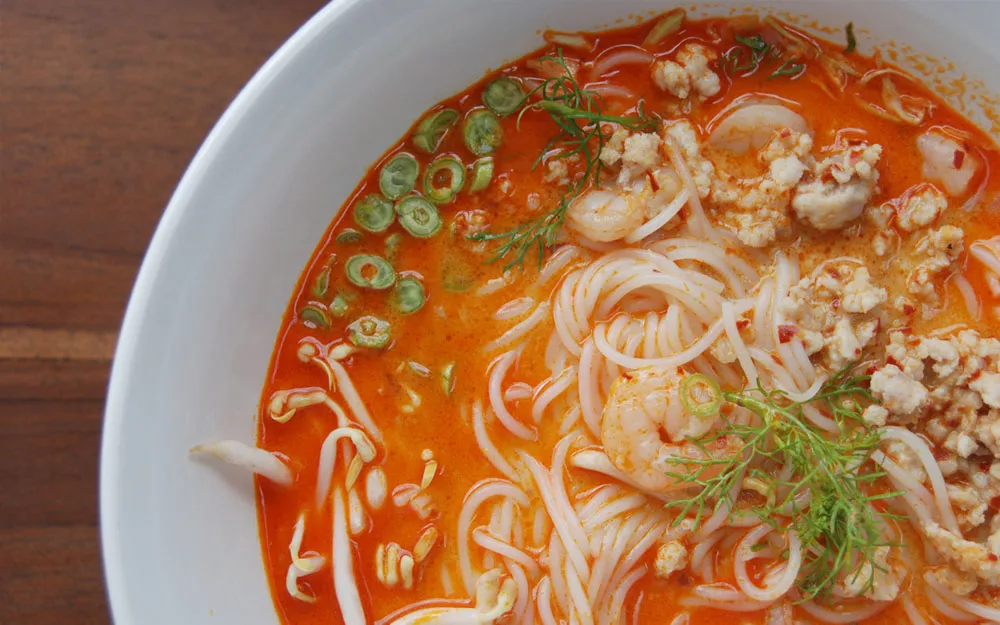
-
Jeow bong – A signature chili paste made with roasted chilies, garlic, and buffalo skin. Rich, smoky, and eaten with everything from rice to vegetables.
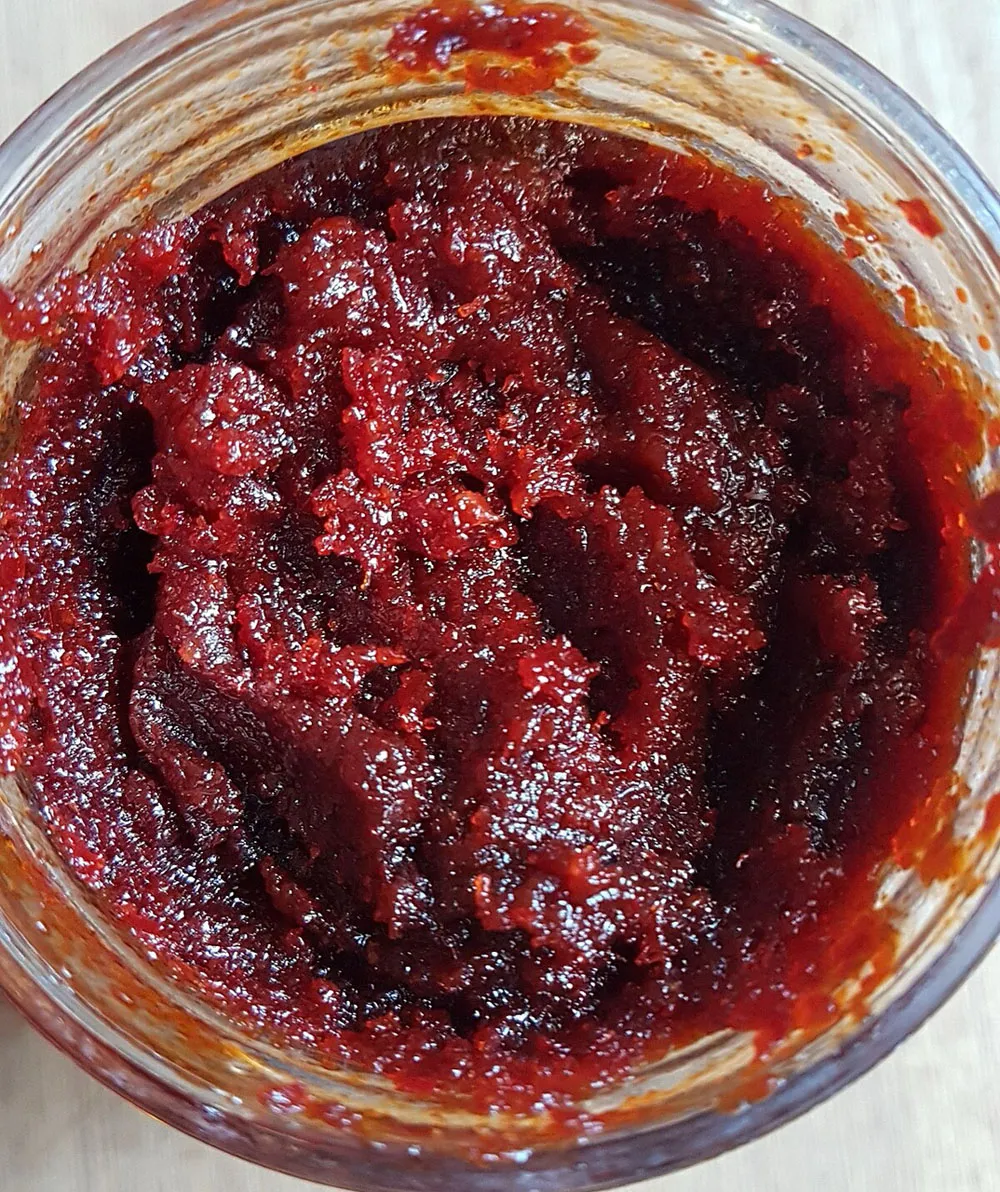
5. What makes Lao food unique for travelers
Laotian food may not be globally commercialized, but that’s part of its charm. Most recipes are rooted in home kitchens and spiritual traditions. Many dishes are cooked over charcoal, seasoned with fermented ingredients, and eaten in small villages much the same way they have been for generations. This authenticity makes the food scene in Laos one of Southeast Asia’s most rewarding for adventurous eaters.
As a traveler, you’ll notice that Lao cuisine changes slightly from north to south. In the north, herbs and forest ingredients dominate. In the south, you’ll taste more freshwater fish, coconut milk, and tropical vegetables. While upscale restaurants do exist, many of the best meals in Laos come from humble family-run stalls, night markets, or home-hosted cooking classes.
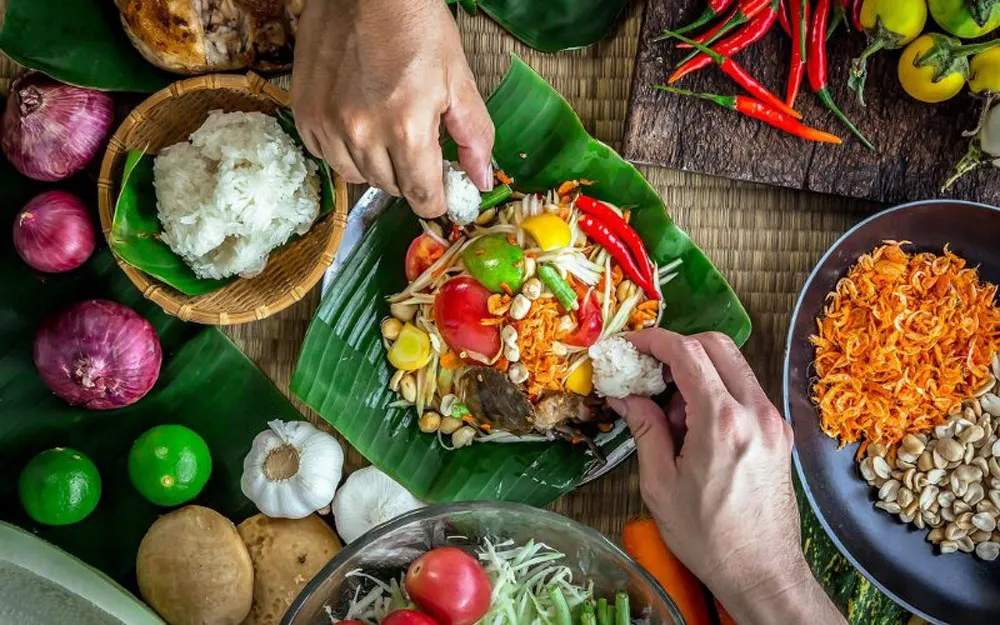
Conclusion: eat your way through Laos, one sticky bite at a time
Laotian cuisine may not yet dominate international menus, but its depth, flavor, and sincerity leave a lasting impression on those who try it. From fiery laap to soothing or lam, crunchy riverweed to smoky grilled meats, every dish in Laos tells a story—of tradition, community, and a deep respect for natural ingredients.
So if you’re wondering what to eat in Laos during your travels, the answer is: everything. Just bring an open mind, a good appetite, and maybe a bit of sticky rice in hand. You’re in for a truly memorable journey—one bite at a time.





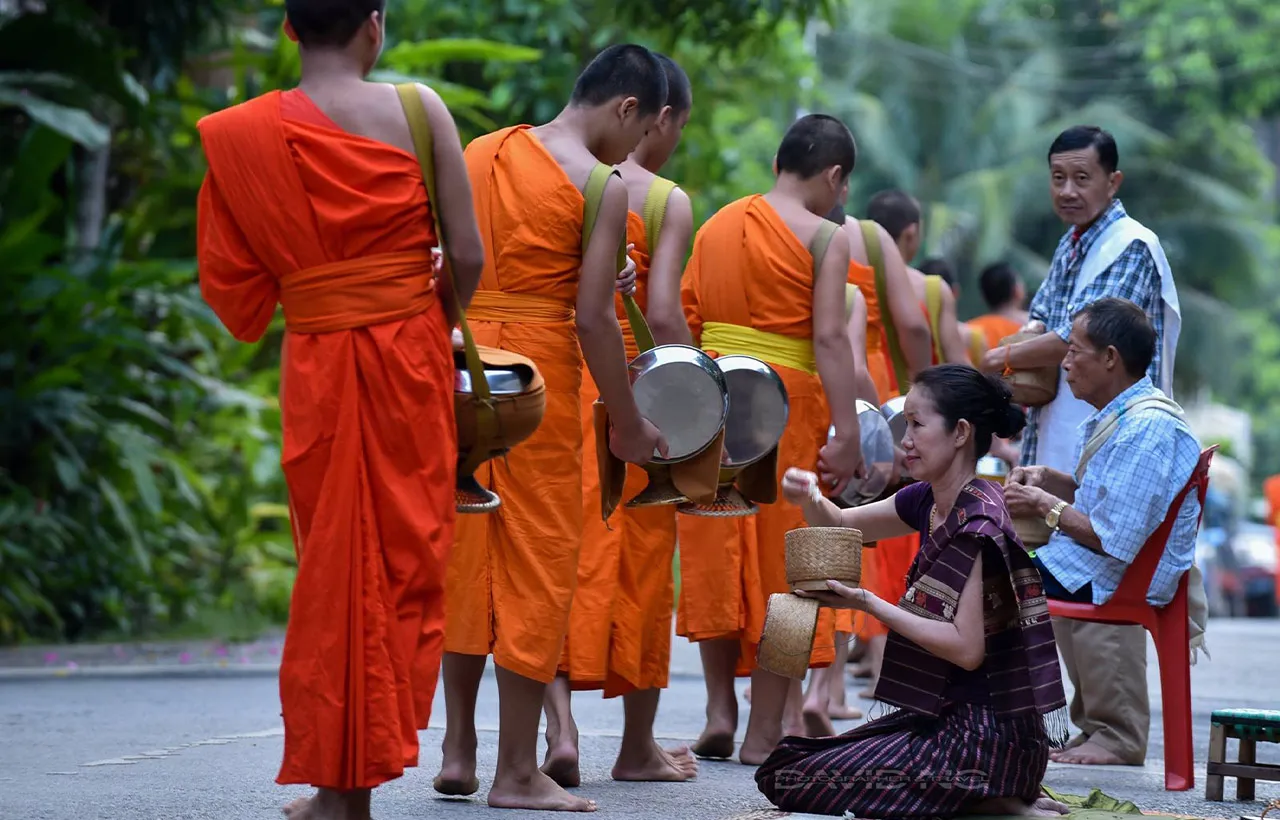































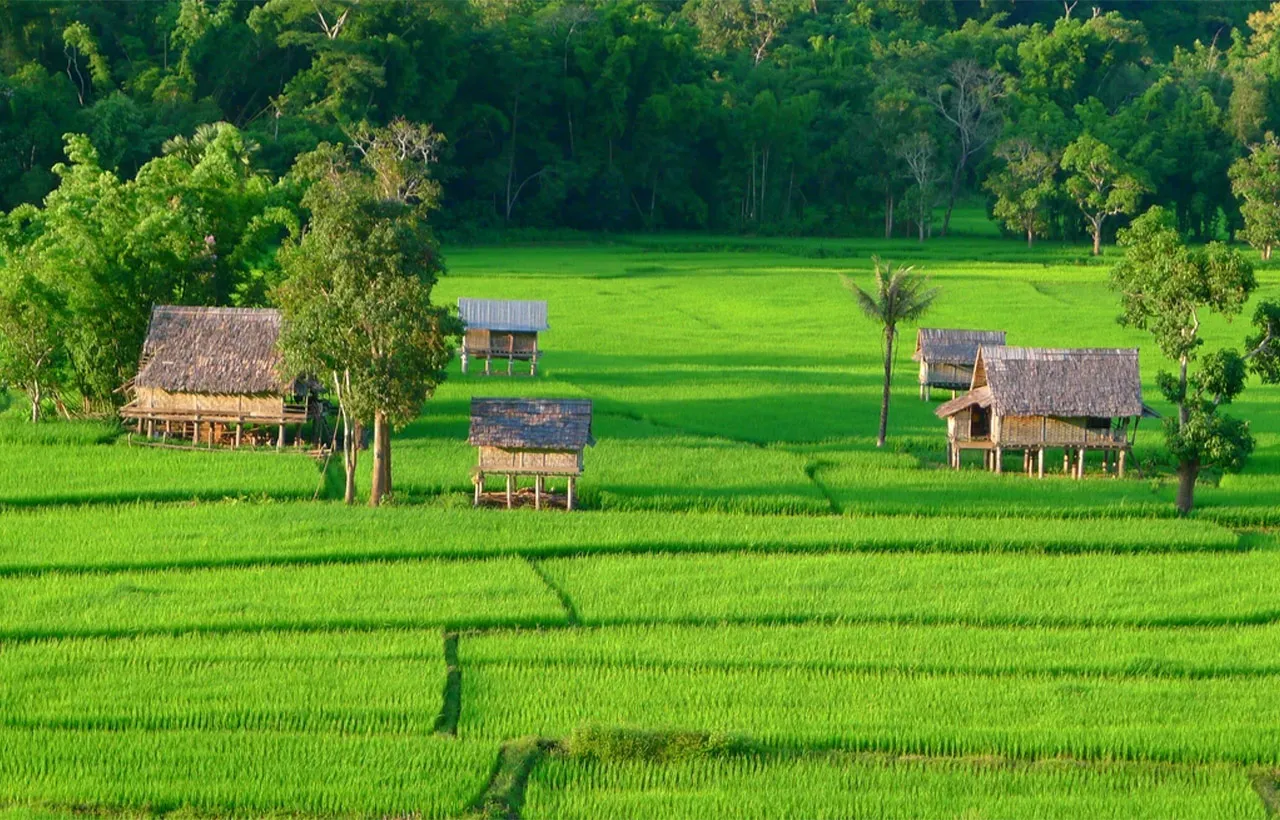
 View trip map
View trip map

